Recombinant Rat Diacylglycerol kinase beta (Dgkb), partial
-
中文名稱:大鼠Dgkb重組蛋白
-
貨號(hào):CSB-YP006833RA
-
規(guī)格:
-
來源:Yeast
-
其他:
-
中文名稱:大鼠Dgkb重組蛋白
-
貨號(hào):CSB-EP006833RA
-
規(guī)格:
-
來源:E.coli
-
其他:
-
中文名稱:大鼠Dgkb重組蛋白
-
貨號(hào):CSB-EP006833RA-B
-
規(guī)格:
-
來源:E.coli
-
共軛:Avi-tag Biotinylated
E. coli biotin ligase (BirA) is highly specific in covalently attaching biotin to the 15 amino acid AviTag peptide. This recombinant protein was biotinylated in vivo by AviTag-BirA technology, which method is BriA catalyzes amide linkage between the biotin and the specific lysine of the AviTag.
-
其他:
-
中文名稱:大鼠Dgkb重組蛋白
-
貨號(hào):CSB-BP006833RA
-
規(guī)格:
-
來源:Baculovirus
-
其他:
-
中文名稱:大鼠Dgkb重組蛋白
-
貨號(hào):CSB-MP006833RA
-
規(guī)格:
-
來源:Mammalian cell
-
其他:
產(chǎn)品詳情
-
純度:>85% (SDS-PAGE)
-
基因名:
-
Uniprot No.:
-
別名:Dgkb; Dagk2; Diacylglycerol kinase beta; DAG kinase beta; EC 2.7.1.107; 90 kDa diacylglycerol kinase; Diglyceride kinase beta; DGK-beta
-
種屬:Rattus norvegicus (Rat)
-
蛋白長度:Partial
-
表達(dá)區(qū)域:1-801
-
氨基酸序列MTNQEKWAHL SPSEFSQLQK YAEYSTKKLK DVLEEFHGNG VLAKYNPEGK QDILNQTIDF EGFKLFMKTF LEAELPDDFT AHLFMSFSNK FPHSSPNVKS KPALLSGGLR MNKGAITPPR SSPANTCFPE VIHLKDIVCY LSLLERGRPE DKLEFMFRLY DTDGNGFLDS SELENIIGQM MHVAEYLEWD VTELNPILHE MMEEIDYDRD GTVSLEEWIQ GGMTTIPLLV LLGLENNVKD DGQHVWRLKH FNKPAYCNLC LNMLIGVGKQ GLCCSFCKYT VHERCARAPP SCIKTYVKSK KNTDVMHHYW VEGNCPTKCD KCHKTVKCYQ GLTGLHCVWC QTTLHNKCAS HLKPECDCGP LKDHILPPTT ICPVVLTMPT AGTSVPEERQ STAKKEKGSS QQPNKVTDKN KMQRANSVTM DGQGLQITPI PGTHPLLVFV NPKSGGKQGE RIYRKFQYLL NPRQVYSLSG NGPMPGLHFF RDVPDFRVLA CGGDGTVGWI LDCIEKANVV KHPPVAILPL GTGNDLARCL RWGGGYEGEN LMKILKDIES STEIMLDRWK FEVTPNDKDE KGDPVPYSII NNYFSIGVDA SIAHRFHIMR EKHPEKFNSR MKNKFWYFEF GTSETFSATC KKLHESVEIE CDGVQIDLIN ISLQGIAILN IPSMHGGSNL WGESKKKRSH RRIEKKGSDK RPTLTDAKEL KFASQDLSDQ LLEVVGLEGA MEMGQIYTGL KSAGRRLAQC SSVVIRTSKS LPMQIDGEPW MQTPCTIKIT HKNQAPMLMG PPPKTGLFCS LIKRTRNRSK E
-
蛋白標(biāo)簽:Tag?type?will?be?determined?during?the?manufacturing?process.
The tag type will be determined during production process. If you have specified tag type, please tell us and we will develop the specified tag preferentially. -
產(chǎn)品提供形式:Lyophilized powder
Note: We will preferentially ship the format that we have in stock, however, if you have any special requirement for the format, please remark your requirement when placing the order, we will prepare according to your demand. -
復(fù)溶:We recommend that this vial be briefly centrifuged prior to opening to bring the contents to the bottom. Please reconstitute protein in deionized sterile water to a concentration of 0.1-1.0 mg/mL.We recommend to add 5-50% of glycerol (final concentration) and aliquot for long-term storage at -20℃/-80℃. Our default final concentration of glycerol is 50%. Customers could use it as reference.
-
儲(chǔ)存條件:Store at -20°C/-80°C upon receipt, aliquoting is necessary for mutiple use. Avoid repeated freeze-thaw cycles.
-
保質(zhì)期:The shelf life is related to many factors, storage state, buffer ingredients, storage temperature and the stability of the protein itself.
Generally, the shelf life of liquid form is 6 months at -20°C/-80°C. The shelf life of lyophilized form is 12 months at -20°C/-80°C. -
貨期:Delivery time may differ from different purchasing way or location, please kindly consult your local distributors for specific delivery time.Note: All of our proteins are default shipped with normal blue ice packs, if you request to ship with dry ice, please communicate with us in advance and extra fees will be charged.
-
注意事項(xiàng):Repeated freezing and thawing is not recommended. Store working aliquots at 4°C for up to one week.
-
Datasheet :Please contact us to get it.
靶點(diǎn)詳情
-
功能:Diacylglycerol kinase that converts diacylglycerol/DAG into phosphatidic acid/phosphatidate/PA and regulates the respective levels of these two bioactive lipids. Thereby, acts as a central switch between the signaling pathways activated by these second messengers with different cellular targets and opposite effects in numerous biological processes (Probable). Has a higher activity with long-chain diacylglycerols like 1,2-di-(9Z-octadecenoyl)-sn-glycerol compared to 1,2-didecanoyl-sn-glycerol. Specifically expressed in brain, it regulates neuron-specific morphological changes including neurite branching and neurite spine formation.
-
基因功能參考文獻(xiàn):
- This study demonistrated that dgkb distribuate in rat cerebellum. PMID: 23503970
- The DGKbeta localize in the outer plexiform layer, within which photoreceptor cells make contact with bipolar and horizontal cells. PMID: 23467923
- These results suggest that DGKepsilon and DGKzeta play distinct roles in the development of pressure overloaded cardiac hypertrophy and that the two isozymes are differentially regulated. PMID: 15896305
- In most brain regions, DGKbeta showed sustained expression throughout the postnatal developmental periods. And In the hippocampal pyramidal cell, DGKbeta localized along the membrane structure. PMID: 16019106
- Data suggest that abundant diacylglycerol kinase beta is present perisynaptically in medium spiny neurons so that it can effectively produce phosphatidic acid upon activation of Gq-coupled receptors and modulate striatal output neurons. PMID: 19087171
- In the hippocampus, DGKbeta is expressed in both projection neurons and interneurons and is accumulated at the perisynapse of dendritic spines in asymmetrical synapses. It may be involved in dendrite outgrowth and spinogenesis. PMID: 19691842
顯示更多
收起更多
-
亞細(xì)胞定位:Cell junction, synapse, postsynaptic cell membrane; Peripheral membrane protein. Cell membrane; Peripheral membrane protein. Cytoplasm.
-
蛋白家族:Eukaryotic diacylglycerol kinase family
-
組織特異性:Highly expressed in brain where it is restricted to neuronal populations such as the caudate-putamen, the accumbens nucleus, and the olfactory tubercle. Less abundantly expressed in adrenal gland, small intestine and heart.
-
數(shù)據(jù)庫鏈接:
Most popular with customers
-
Recombinant Human Tumor necrosis factor receptor superfamily member 9 (TNFRSF9), partial (Active)
Express system: Mammalian cell
Species: Homo sapiens (Human)
-
Recombinant Human Insulin growth factor-like family member 1 (IGFL1) (Active)
Express system: Mammalian cell
Species: Homo sapiens (Human)
-
Recombinant Human Prolactin receptor (PRLR), partial (Active)
Express system: Mammalian cell
Species: Homo sapiens (Human)
-
Recombinant Human Claudin-9 (CLDN9)-VLPs (Active)
Express system: Mammalian cell
Species: Homo sapiens (Human)
-
Recombinant Human Complement component C1q receptor (CD93), partial (Active)
Express system: Mammalian cell
Species: Homo sapiens (Human)
-
Recombinant Human V-set and immunoglobulin domain-containing protein 4 (VSIG4), partial (Active)
Express system: Mammalian cell
Species: Homo sapiens (Human)
-
Recombinant Human Kidney-associated antigen 1(KAAG1) (Active)
Express system: Baculovirus
Species: Homo sapiens (Human)
-
Recombinant Human Tumor necrosis factor ligand superfamily member 15(TNFSF15) (Active)
Express system: Mammalian cell
Species: Homo sapiens (Human)


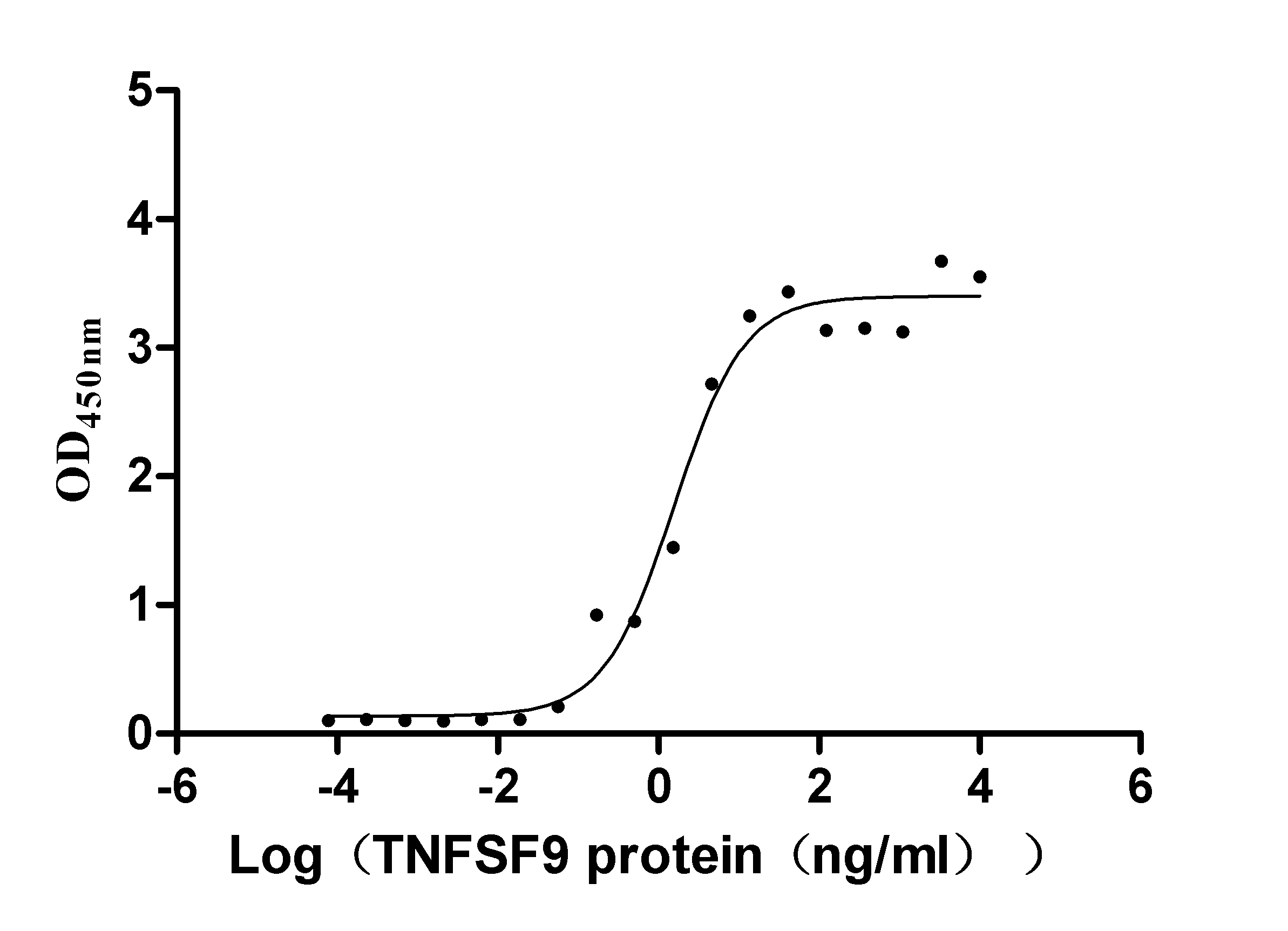
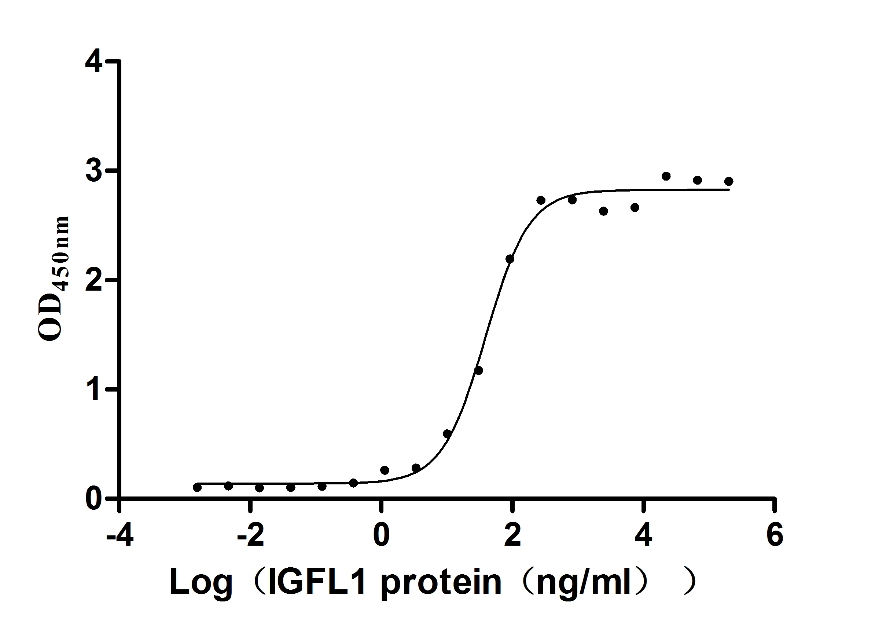
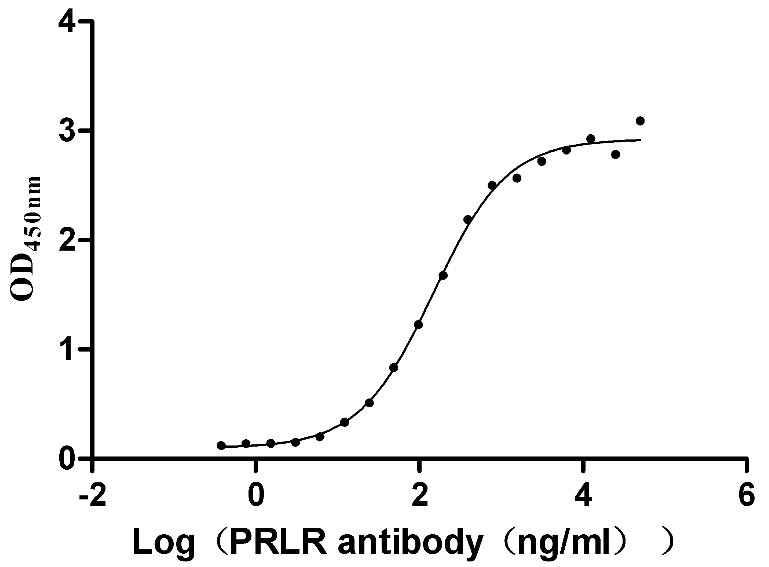
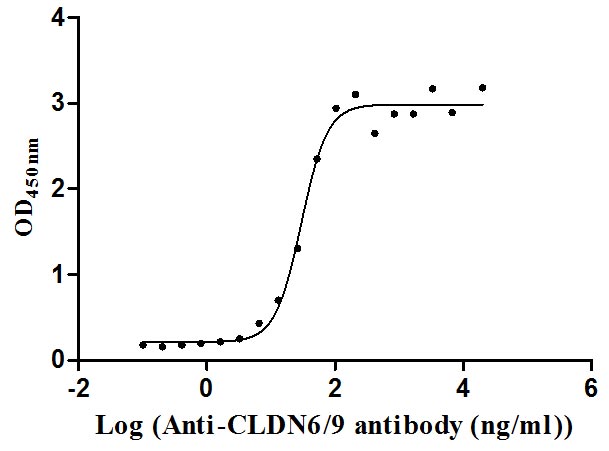
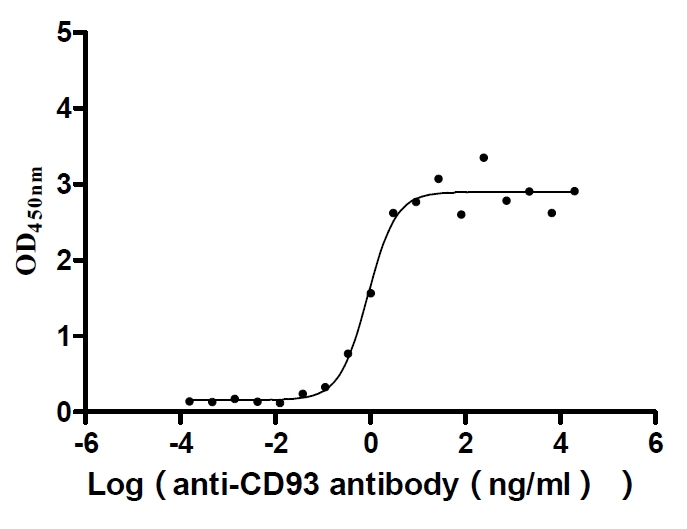

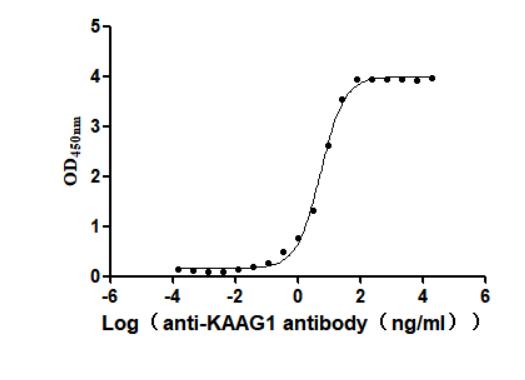
-AC1.jpg)









